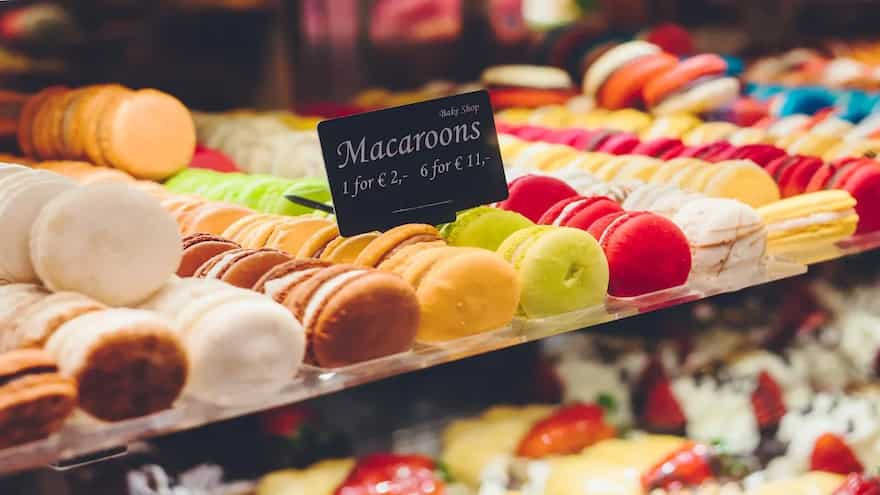The French macaron is placed at the top rung of luxury desserts, after all making a macaron from scratch is a tedious and time-consuming process. While your nearby bakery might stock it, this dessert has travelled hard and long to make across to our homes in India.

Every rich dessert comes with a rich history. The beginning of this dessert can be traced back to the eighth and ninth century in not a French but an Italian Monastery. Another claim puts the macaron in 1533 Italy where Italian chefs prepared it for King Henry's wife Catherine de Medici.
Though the earliest record indicates its existence in a convent in Commercy, France in 791 AD.
Most historians believe that the intense wars and fighting make the real origins hard to claim, but it is believed to have been made in Venice, Italy and then later perfected by French chefs. And in fact, the word macaron comes from the word “ammacare” which is the Italian word meaning “to crush”.
Like other Italian desserts, the macaron too was influenced by the coming of the Arab. The almond meal used in making modern macaron was introduced by the Arabs. The Arabs too brought it back to their homelands, and there is evidence of macaron being in the household in Syria.
Due to the lack of leavening, the Jews too adapted a version of this to enjoy Pesach. Over time, they spread across Europe and with it came other variations too. In places, the almond meal was substituted for coconut flour.
The recipe as we know it was actually completed in the eighteenth century, the biscuits were no longer spooned and baked but were now a perfect circle and two biscuits were layered between jam or cream filling.
With time, the dish became less homely and more luxurious and was even coloured accordingly.


